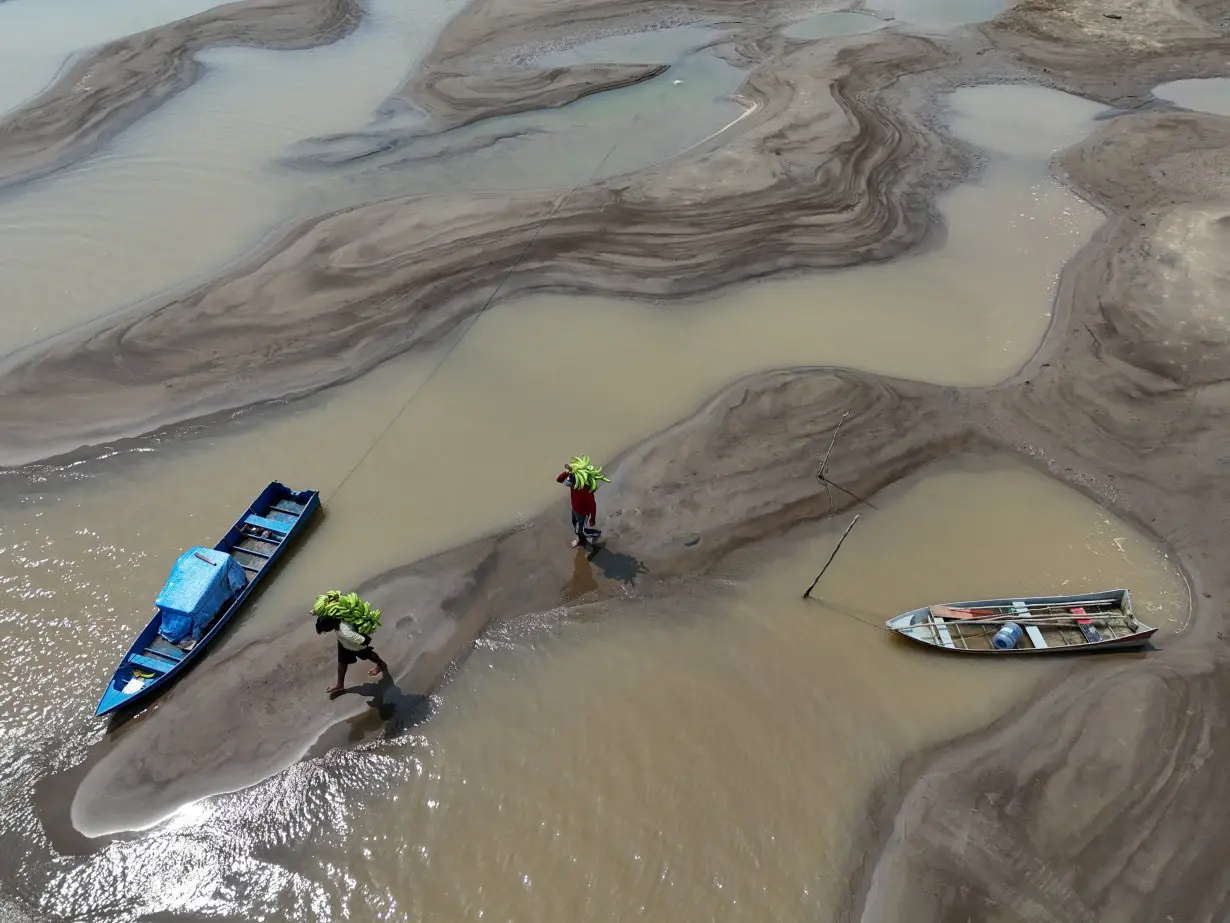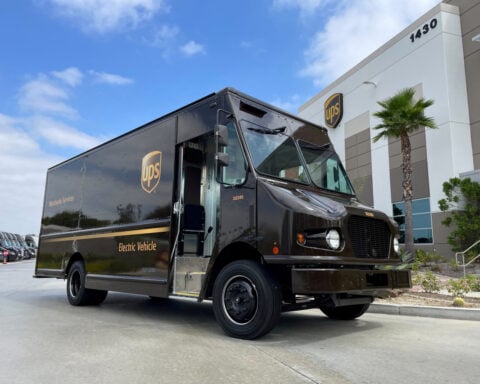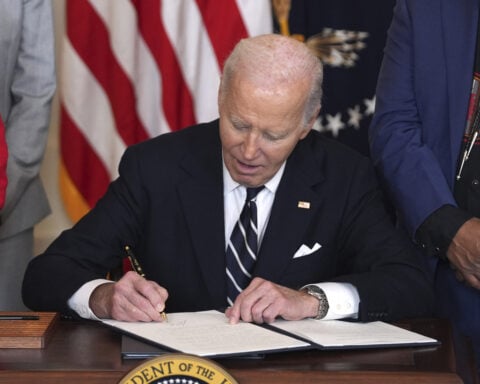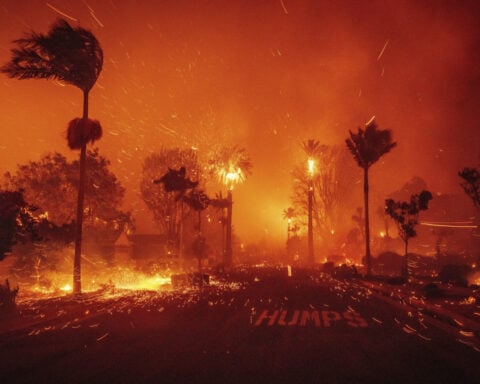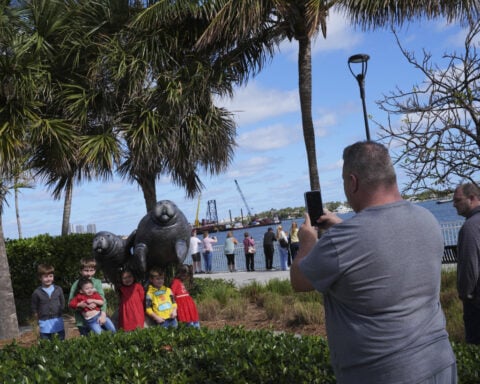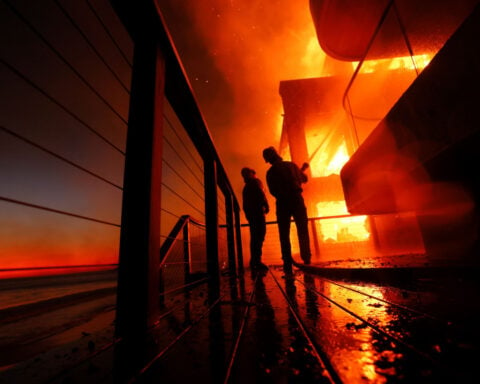MANACAPURU, Brazil (Reuters) - Severe droughts across Brazil's Amazon rainforest region are drastically altering residents' lives as mobility is hampered by record-low levels on upper stretches of the Amazon River.
In the town of Manacapuru, near state capital Manaus, the drought has impacted navigation on the Solimoes River, which turns into the Amazon River just downstream and is a vital lifeline for transporting all kinds of goods in and out of the town.
Boats stranded on sandbanks have become a common sight, hindering the transport of local goods such as fish, bananas, and cassava, as well as disrupting the logistics for bringing in basic items like food and water from outside.
"We anchored the boat here, and it was stuck on dry land the next day. We had no way to move it,” said fisherman Josue Oliveira.
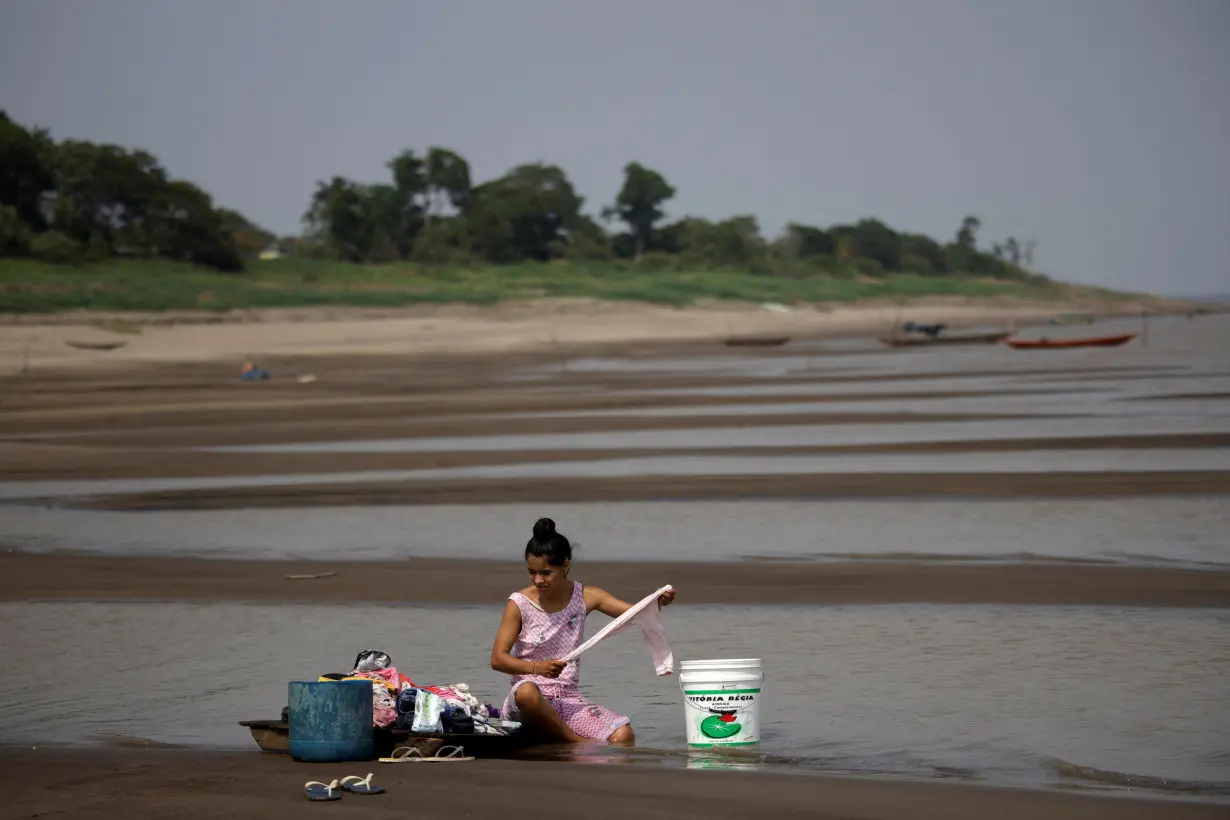
Calling the situation critical, fisherman Francisco da Silva noted that the water has already started to turn green, a sign it may soon become unsafe to drink.
"We'll have to drink it anyway," he said, adding that getting supplies from other areas will no longer be possible with the river drying up. "Nothing will get through."
According to the National Center for Monitoring and Early Warning of Natural Disasters (Cemaden), the current drought is the most intense and widespread Brazil has experienced since records began in 1950.
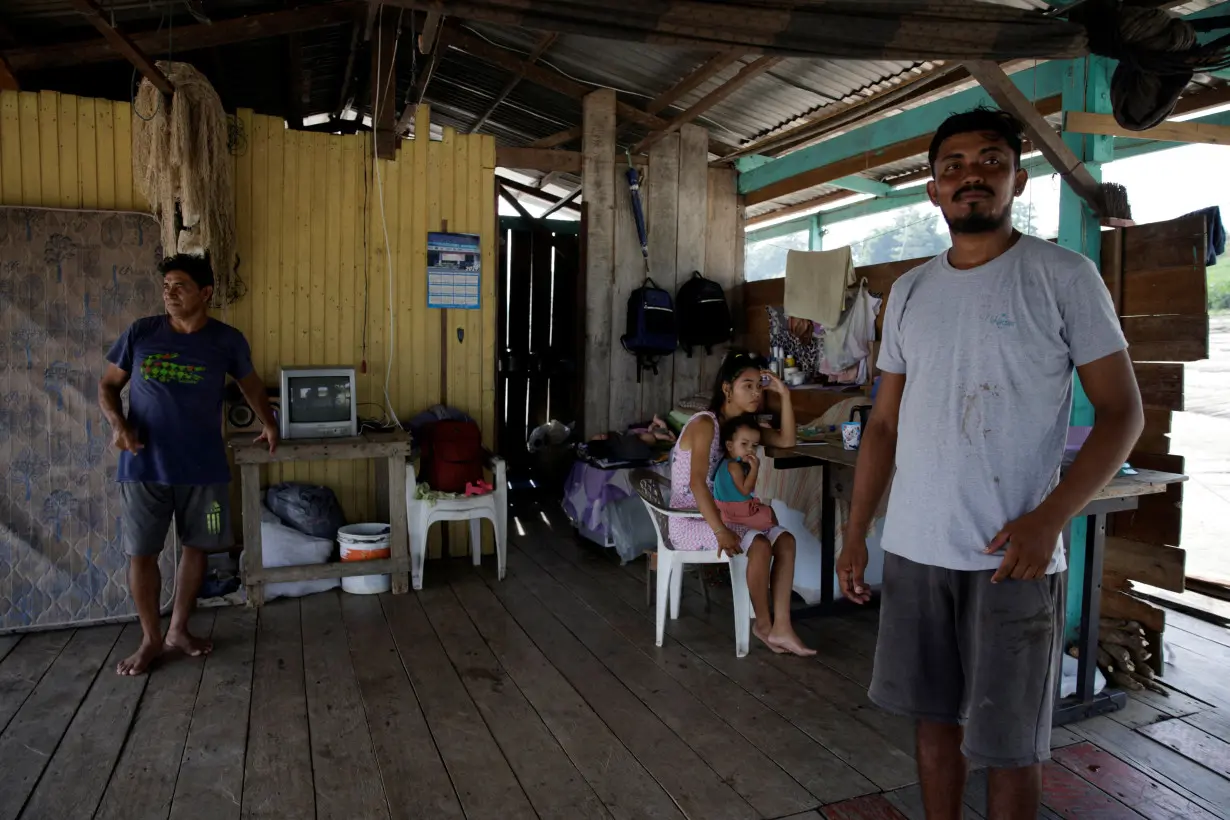
A weak rainy season in the north-central region has made the situation worse with rising atmospheric temperatures, and land-use changes that have replaced forest areas with pastures.
On Sunday, Brazil's Supreme Court authorized lifting spending restrictions on wildfires and drought in the Amazon and Pantanal regions, as the country grapples with the economic impacts of the climate events.
(Reporting by Bruno Kelly, Writing by Marcela Ayres, Editing by Sandra Maler)
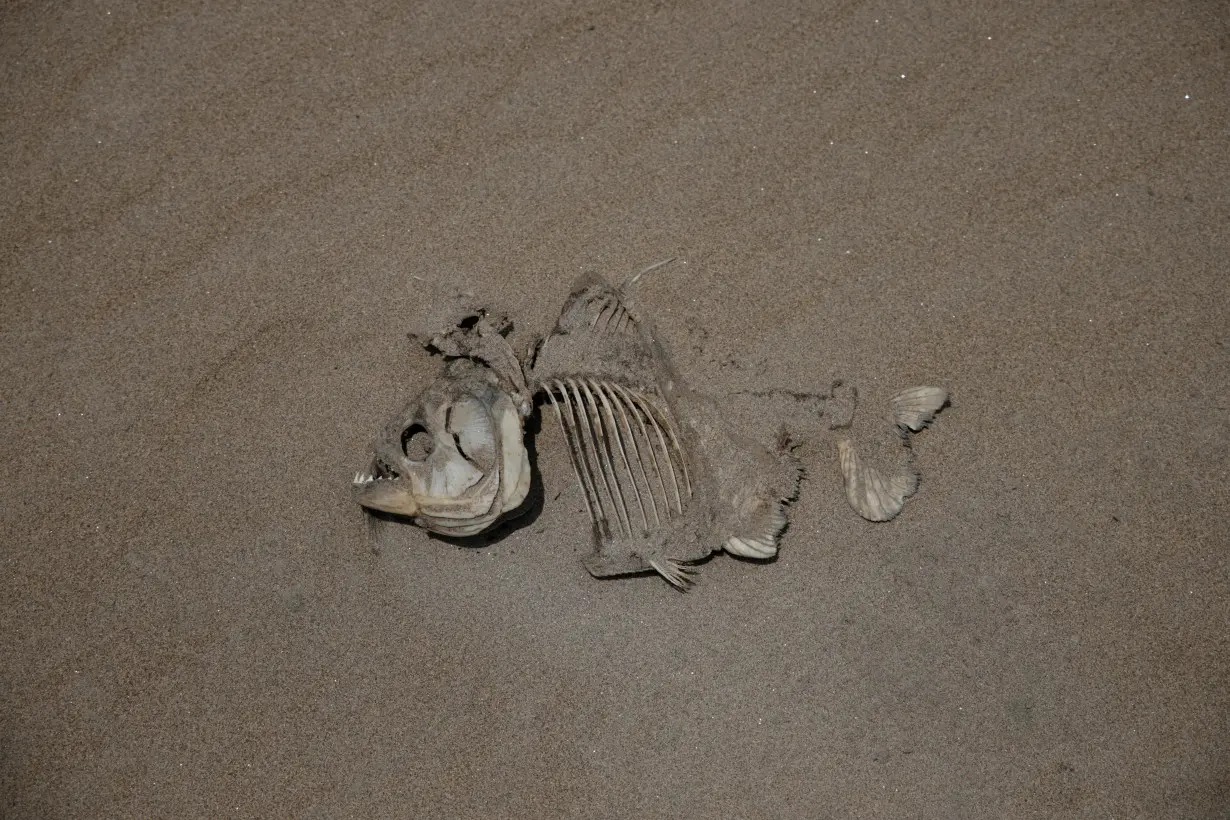
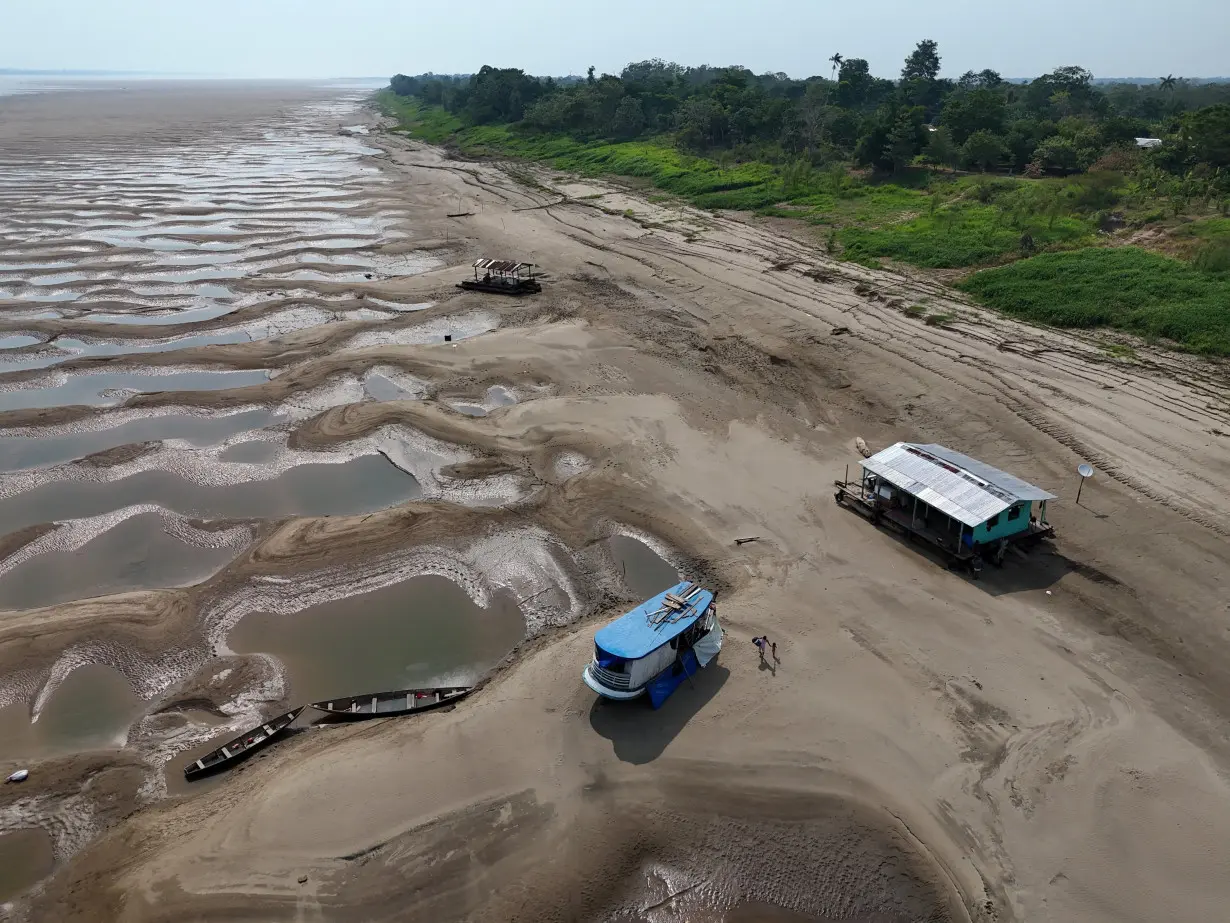

 What to know about Trump's attorney general pick Pam Bondi as she faces questioning on Capitol Hill
What to know about Trump's attorney general pick Pam Bondi as she faces questioning on Capitol Hill
 Rubio vows to place US interests 'above all else' as Trump's top diplomat
Rubio vows to place US interests 'above all else' as Trump's top diplomat
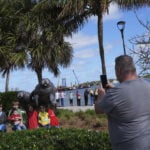 Manatees congregate in warm waters near power plants as US winter storms graze Florida
Manatees congregate in warm waters near power plants as US winter storms graze Florida
 Nippon Steel wants to work with Trump administration on US Steel deal, Mori tells WSJ
Nippon Steel wants to work with Trump administration on US Steel deal, Mori tells WSJ
 After cable damage, Taiwan to step up surveillance of flag of convenience ships
After cable damage, Taiwan to step up surveillance of flag of convenience ships
 BOJ will raise rates if economy, price conditions continue to improve, Ueda says
BOJ will raise rates if economy, price conditions continue to improve, Ueda says
 AAPI adults prioritize immigration, but split on mass deportations: AP-NORC/AAPI Data poll
AAPI adults prioritize immigration, but split on mass deportations: AP-NORC/AAPI Data poll
 As fires ravage Los Angeles, Tiger Woods isn't sure what will happen with Riviera tournament
As fires ravage Los Angeles, Tiger Woods isn't sure what will happen with Riviera tournament
 Antetokounmpo gets 50th career triple-double as Bucks win 130-115 to end Kings' 7-game win streak
Antetokounmpo gets 50th career triple-double as Bucks win 130-115 to end Kings' 7-game win streak
 Zheng loses to No 97 Siegemund, Osaka rallies to advance at the Australian Open
Zheng loses to No 97 Siegemund, Osaka rallies to advance at the Australian Open
